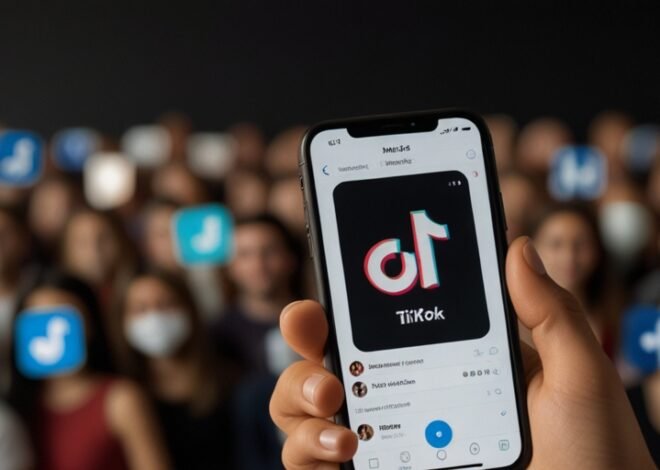
New Features Help Fight Misinformation On Social Media
In a well-balanced and synchronized manner, all the giant social media platforms declared today they will be introducing several developments in order to fight misinformation and enhance the presentation of credible content.
X (previously known as twitter) launched a new method of verification of news outlets and other public personalities in order to help its users easily distinguish between false and truth. It also enlarged the measures to counteract fake news and misinformation by engaging more third-party organisations to audit and tag the potentially questionable posts. The users will now be given more conspicuous messages on posts that contain false or misleading content with sources for the rumors available for reference.
Instagram introduced a new feature called the ‘Information Hub’, which is a tab that appears in the application where users can get official and accurate information about current topics in the world. The platform also said that it would strengthen its measures to address the so-called ‘reusers,’ those who constantly post false information, including limiting account visibility for a certain period, or banning it from sharing stories or Reels.
YouTube has rolled out a new algorithm known as the superior algorithm which is tasked with filtering informative sources when recommending news. The most significant update was the addition of a feature that enabled viewers to find information that supports or debunks the contents of the video especially when the video is in relation to current issues or events.
Such changes are necessitated by growing concern from governments, advocacy, and users fearing the impact of social media in delivering fake news especially for election intentions, health crises, and other world events. The platforms also stressed on how the issue of freedom of speech was important to serve the purpose of at the same time protecting the users by presenting them relevant content.
Public response to these new features has been more of negative sentiments on the social media platforms. A majority of users and specialists expressed optimism about the efforts being made in the right direction noting that the potential of the efforts include brightening the environment in dissemination of information. Some raised concern with what they considered as overreach, and the capacity of the platforms in providing fairness in and accuracy in demarcating misinformation.
On X, there was an active use of hashtags that corresponded to the features that had been newly launched ; the usage was in form of sharing experiences and opinions. Fewer said they were glad that there was a fact-checking process making it harder for fake news to circulate, some even accusing the news outlets of censorship or bias as a result of the fact-checking process.
#Instagram Noticeably, there was a surge in the number of posts and stories showing how the change might impact influencer and content creators. Most agreed with attempts to fight fake news but they also shared apprehensions as to how the new measures would be rolled out.
YouTubers reviewed the changes when it came to the latest updates in the algorithm and some welcomed the notion of having factual sources while others could worry about the effects that might affect, particularly, the independent news channels. Blogosphere discussions about the approval of loss/gain balance between platform to user responsibilities and freedom on comments were also apparent.
When people started to interact with the mentioned features within their regular SNS, presence of such measures and their efficiency or lack of it, as well as their possible consequences in terms of future development of online communication were discussed. Some mentioned the issue of constant changing of strategies used by the authors of fake news, and some discussed the need for digital literacy training in addition to the efforts on platform level.
The announcements also triggered discussions about AI against fake news and other content in the social media platform, the positivity of towards the use of AI as well as the criticisms to its capability and possibly the bias it possess.
In the course of the existing day, the new addendums to social media sites’ platforms appeared to epitomize only another phase in the battle for fixing a reliable and responsible social media system. As Internet media continues to constantly change and develop, users, services, and regulators will remain facing numerous complex tasks related to the advertising of the truth and countering of fake news in the modern information space.


